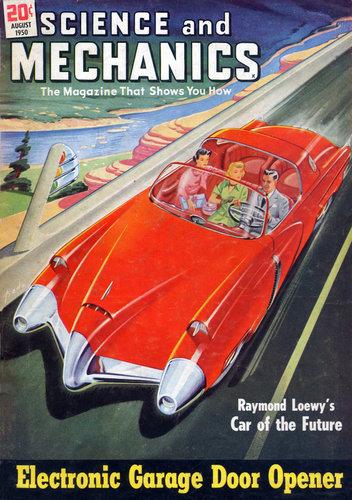The Tesla Model S should be able to drive itself, some of the time, this summer, according to CEO Elon Musk.


6 Connected Vehicles Steal The Show At MWC
6 Connected Vehicles Steal The Show At MWC (Click image for larger view and slideshow.)
Tesla CEO Elon Musk held a press conference on Thursday, March 19, to announce "an end to range anxiety," but invited safety anxiety by noting Tesla cars could be driving themselves as soon as this summer.
Range anxiety -- the not unwarranted concern that an electric car may run out of power -- should diminish with the introduction of version 6.2 of the Model S system software. The update, due in a week or so, will include a feature called Range Assurance, a background application for the car that communicates with Tesla's network of charging facilities and alerts the driver when existing battery reserves are about to become insufficient to reach the nearest charging station.
"From a user standpoint, all that complexity is taken care of automatically," a Tesla blog post explains. "No need to think ahead or do any calculations. This software update makes it effectively impossible for a Model S driver to run out of charge unintentionally. Your car always takes care of you."
But such assurances sound less convincing in light of Musk's comments about the version 7.0 Tesla software update due this summer. Musk said that the update will give Tesla Model S cars "auto-steering" capabilities such that a Tesla driver could make it from San Francisco to Seattle without steering, according to The Financial Times.
Musk wasn't promising completely autonomous vehicles, although that's a goal sought by Tesla and many other companies. Rather, he was referring to a limited autopilot mode that could keep a Tesla in its lane on a well-marked highway. If implemented to allow prolonged hands-free driving, Tesla's system would be a step beyond the technology in cars with advanced driver-assistance systems, such as the Mercedes S500.
Mercedes has demonstrated the S500 in autopilot mode, but limits its technology to augmenting human decision-making through selective intervention -- autonomous braking to prevent collisions and autonomous course corrections to keep a car in its lane while under human control.
[What would an Apple car look like? Read more here.]
However, as reported in a live blog of the event, Musk allayed concerns by noting that, like pilots in an airplane under temporary autonomous control, Tesla drivers will be expected to pay attention while the car is driving itself.
That may be for the best, since in 2013 the National Highway Traffic Safety Administration said that autonomous vehicles should be limited to testing.
Clarifying remarks earlier in the week about the inevitability of autonomous cars, Musk said in a pair of tweets that while "Tesla is strongly in favor of people being allowed to drive their cars and always will be," there may nonetheless come a time when autonomous cars are so much safer than human-driven cars that there's pressure to ban human drivers.
While we await data that demonstrates how human drivers compare to autonomous vehicles, we have to figure out who is legally liable if an autonomous vehicle is involved in an accident, whether we have to rethink insurance and healthcare to fit a no-fault model, and whether we should consider programmer licensing for systems with the potential for harm.
Attend Interop Las Vegas, the leading independent technology conference and expo series designed to inspire, inform, and connect the world's IT community. In 2015, look for all new programs, networking opportunities, and classes that will help you set your organization’s IT action plan. It happens April 27 to May 1. Register with Discount Code MPOIWK for $200 off Total Access & Conference Passes.
About the Author(s)
You May Also Like







